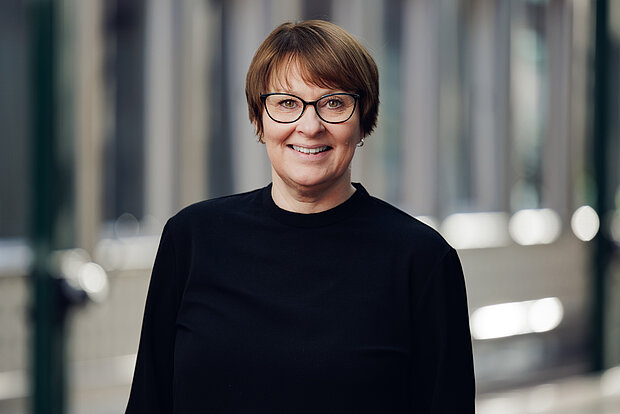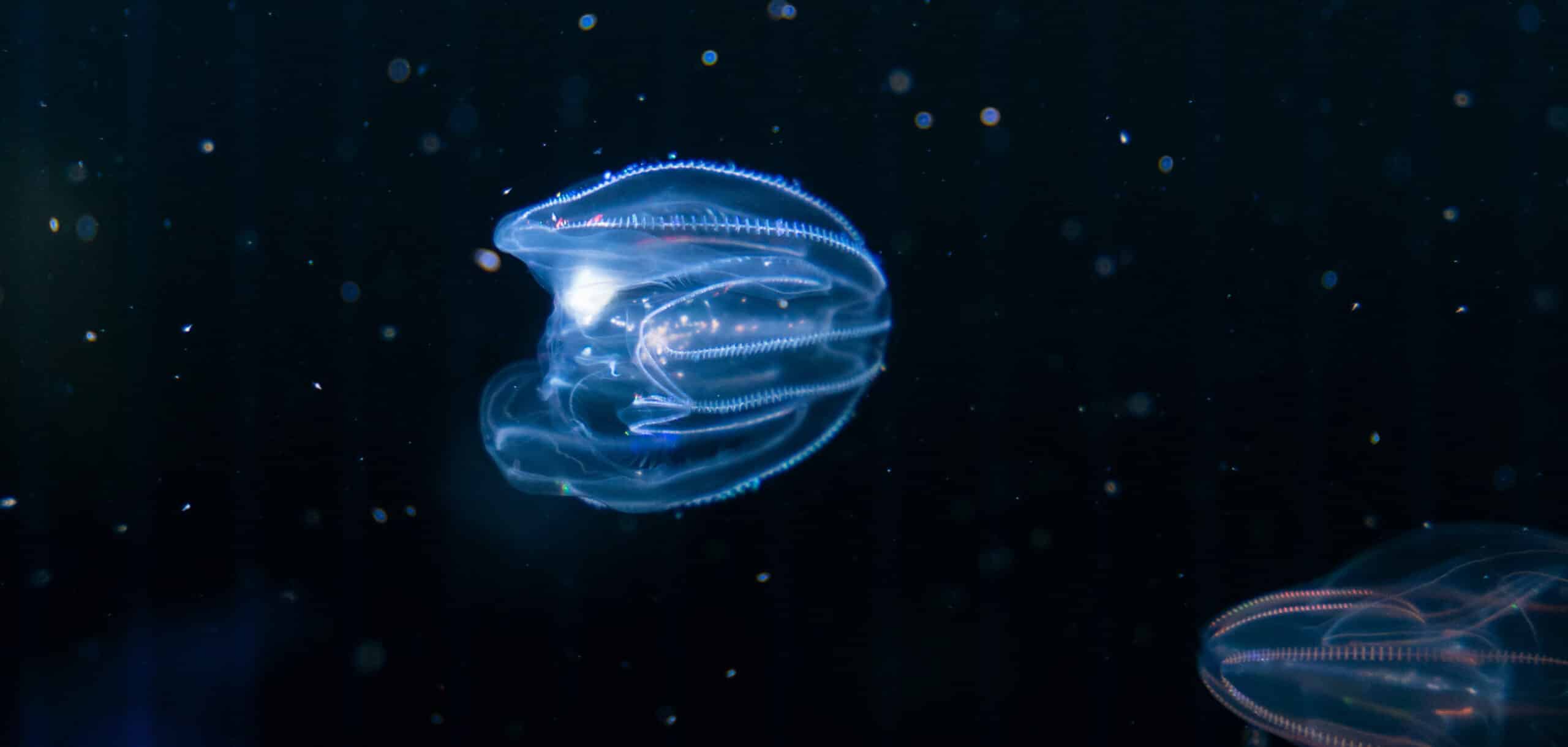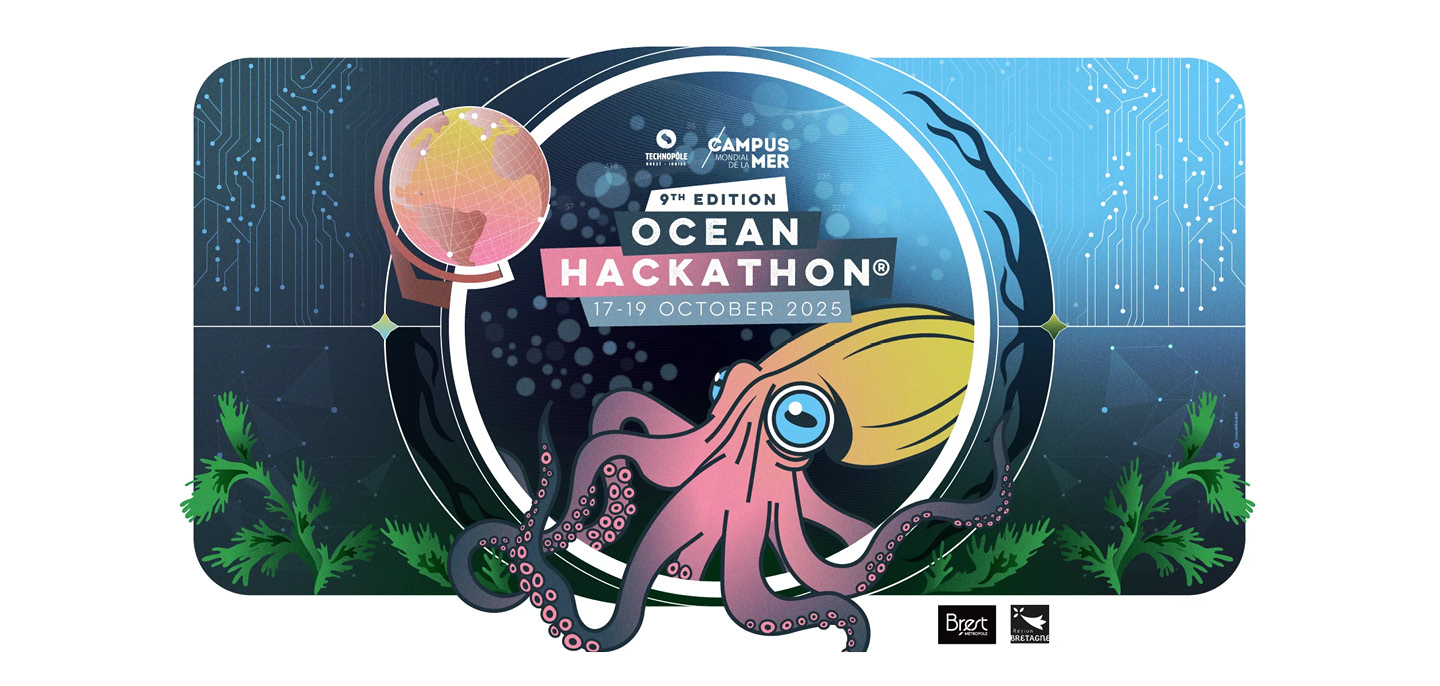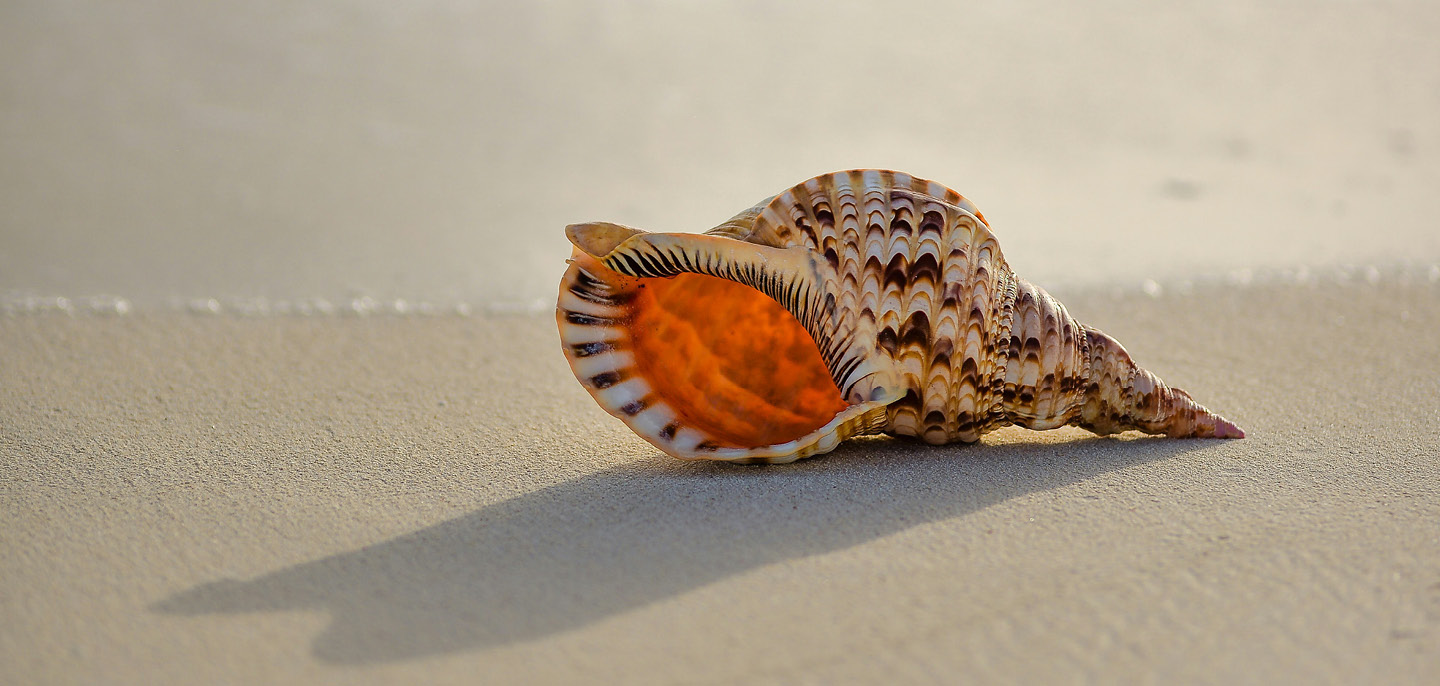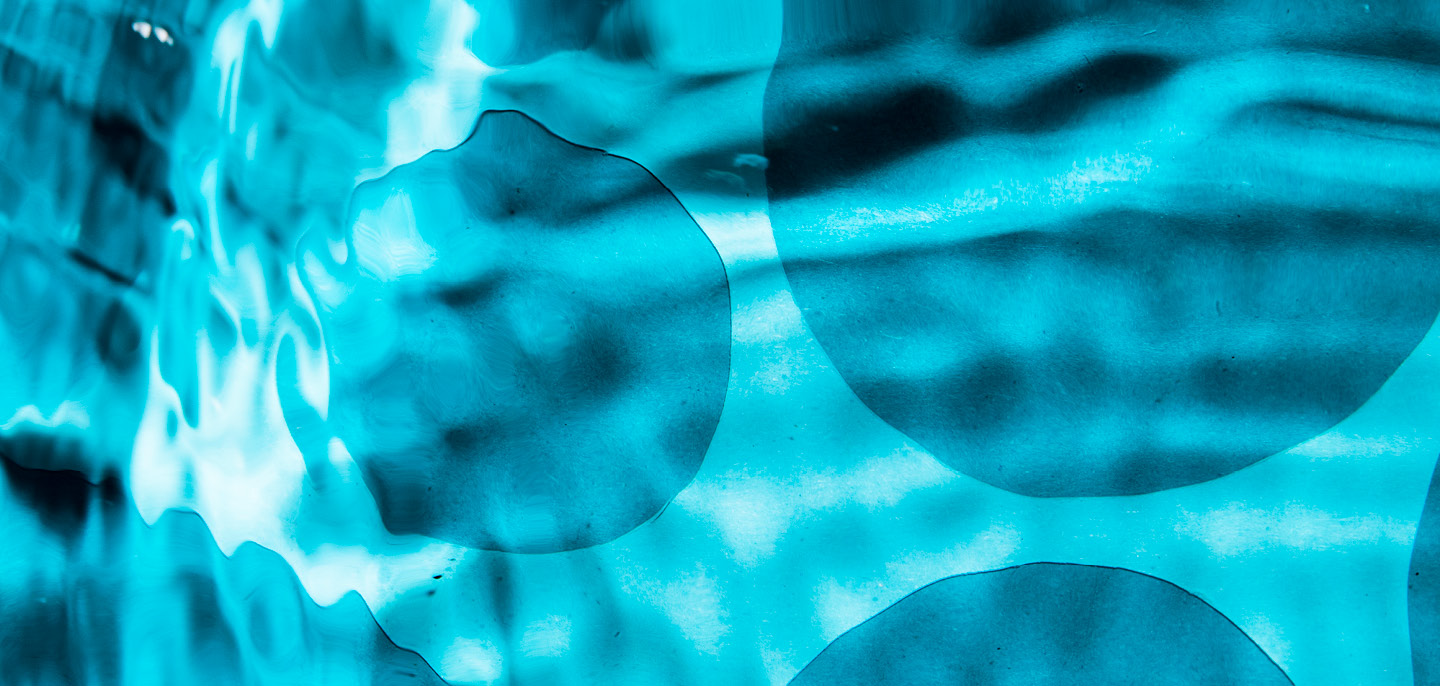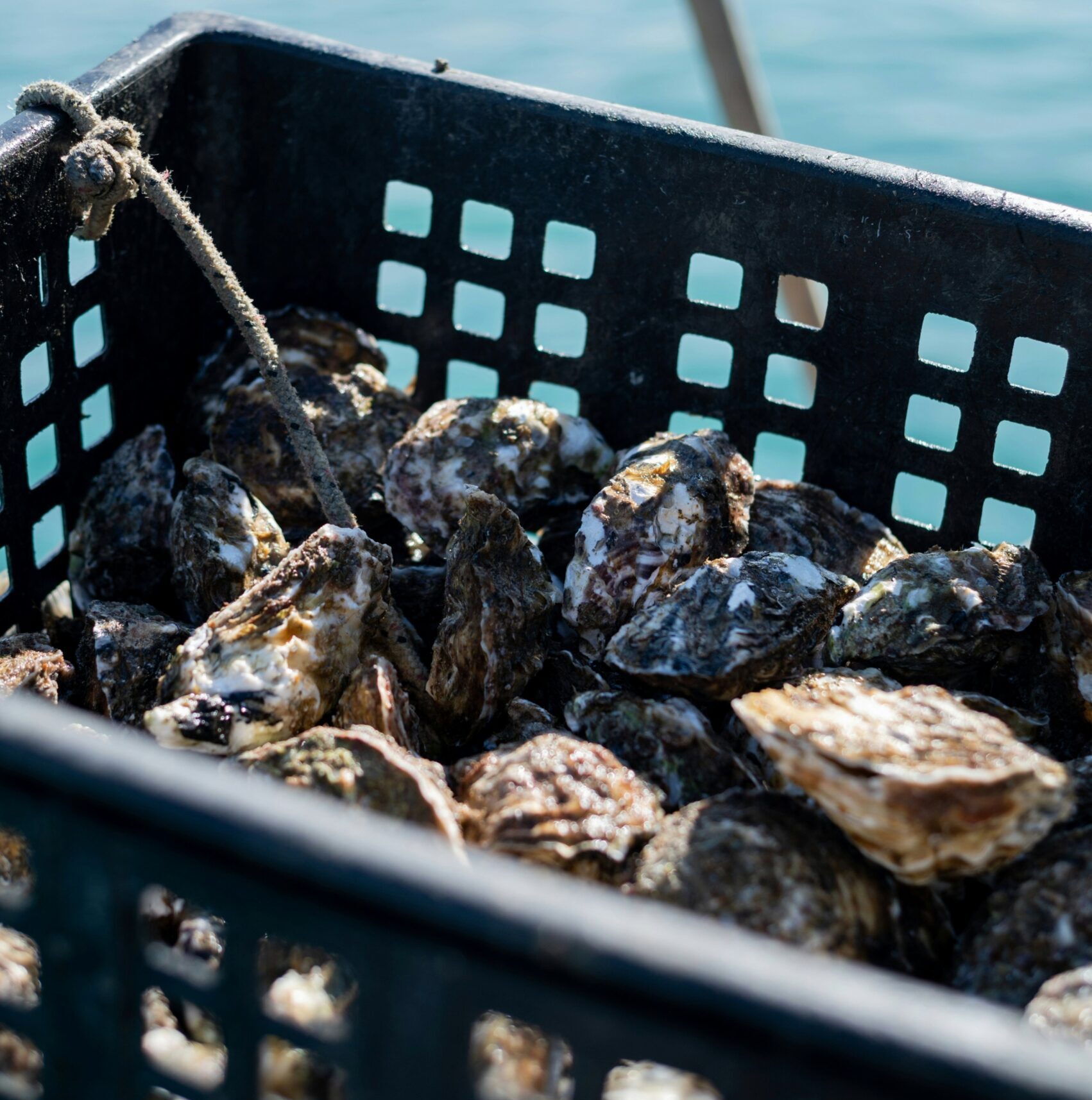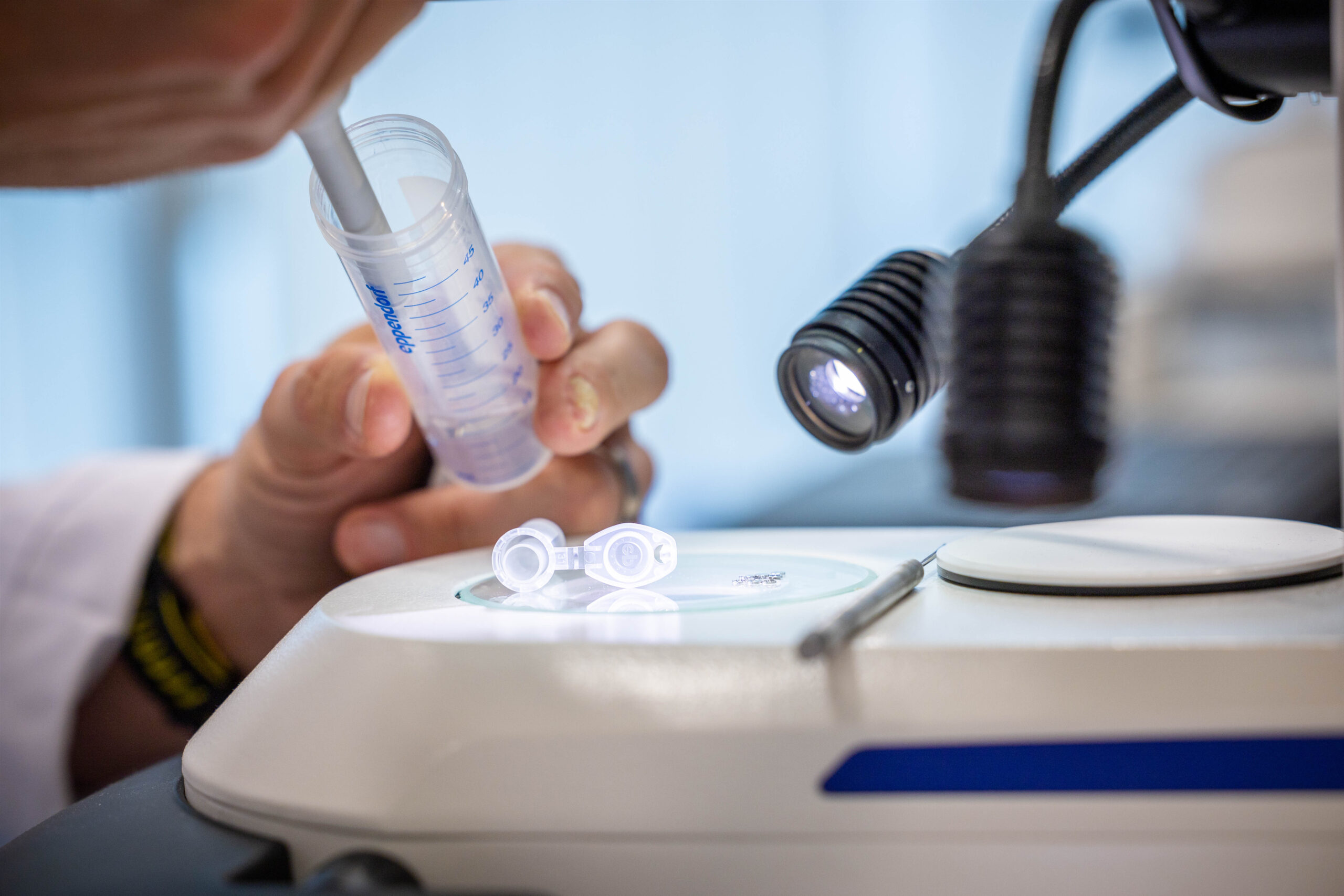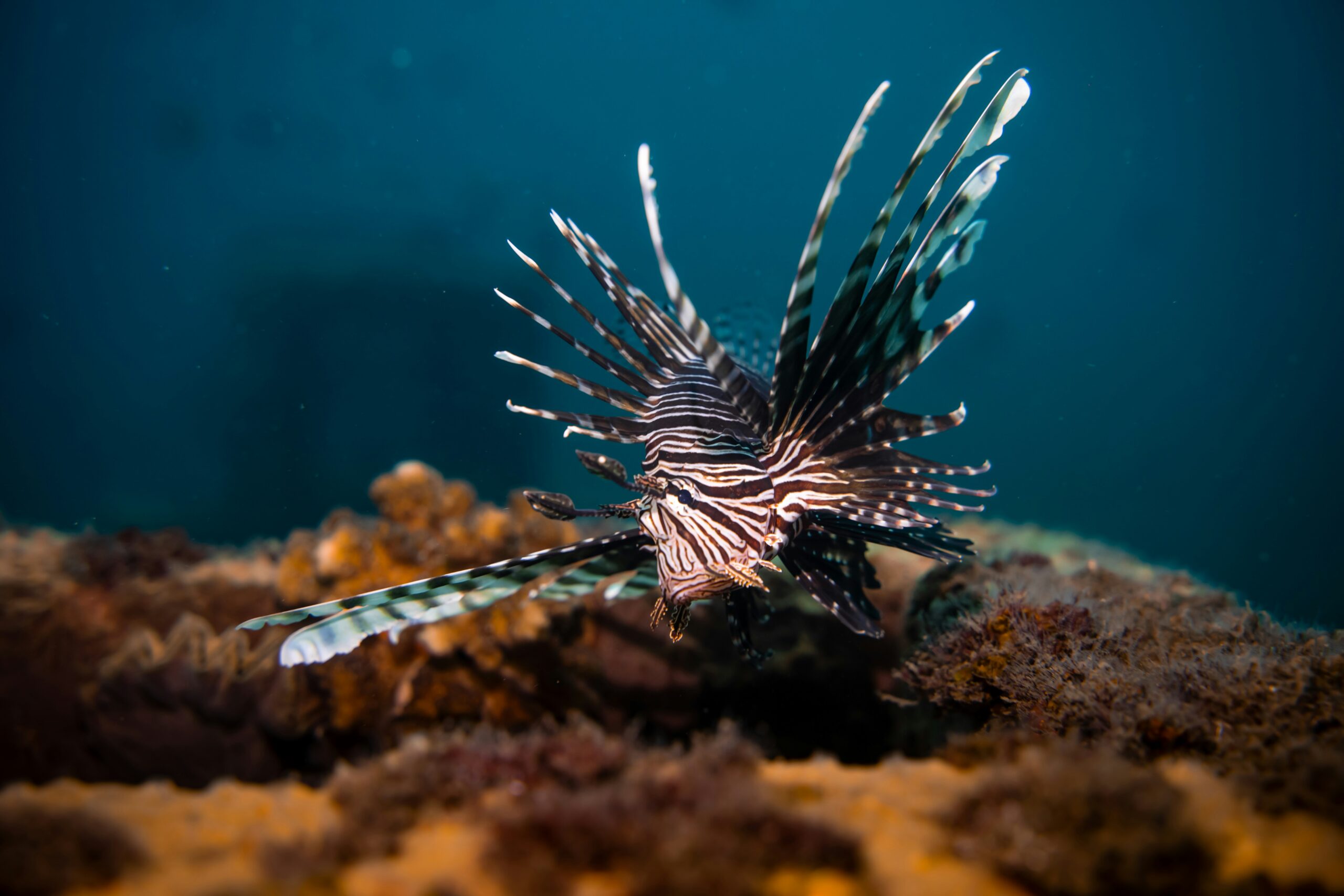How marine biodiversity can benefit human healthcare and help us prepare for the next pandemic
There are many reasons to learn about the wonders of the ocean and how to protect it. Conserving fish stocks provides billions of people around the world with food and livelihoods. Preserving habitats, like mangroves and coral reefs, can buffer coastlines from the impacts of intense storms and wave damage. We can even study marine biodiversity for healthcare reasons. Many ocean organisms are made up of new compounds that nobody has ever seen before and so they can be a rich source of potential new drugs.
If you look at how many medicines on pharmacy shelves today originate from nature, there are many examples from terrestrial sources. And then you look at how many come from the marine ecosystem and it’s less than 20.
Many researchers, like Andersen, are trying to maximise this untapped potential of the ocean’s biological diversity to benefit human health. “For those of us working in the field, the dream is to collect something on a research cruise that actually will be translated into a future medicine,” she says.
With a background in virology and using natural protein peptides to prevent viral infection, Andersen was brought into UiT to help set up the institution’s natural products platform: Marbio.
This marine bioassay screening platform links anti-inflammatory, anti-cancer, and antibacterial research together. When they started screening marine materials, especially the invertebrate collection in the lab, it quickly became clear that there would be samples killing cancer cells. “The majority of drugs that originate or are inspired by marine organisms or chemistry are currently anti-cancer drugs,” she says. “For antibacterial screening, the hit rate increased when we started working and cultivating marine bacteria and fungi as the source.”
Andersen assembled an interdisciplinary team that could handle and collaborate around everything from the marine biology and chemical sides through to biomedical application. “We needed knowledge about marine organisms, taxonomy, and locations. We needed really good chemists purifying and identifying compounds and spotting false positives and false negatives in our bioassays,” she says. Over the years, they tested different materials to discover new chemistry and determine what kind of things to look out for.
It’s a long and expensive journey finding new chemistry in unexplored areas and translating those findings into biomedical application. The ultimate goal: “How can we translate these benefits to the patients?” she says.
From a sustainability perspective, scientists must have the correct permissions, ensure they aren’t harvesting Red List species and never collect more biological material than they need. But they need enough that they can expose the marine samples / extracts to as many medical targets as possible. For example, diabetes, cancer, or Alzheimer’s.
“You need enough material to identify a chemical structure to use as an inspiration and so that you don’t need to recollect more source material,” she says. Marine microorganisms, such as fungi or bacteria, can be taken from a sediment sample and cultivated in the lab.
With larger marine organisms, such as sponges that might have an interesting chemistry, the researchers only collect enough to determine the compounds so they can make more of the material synthetically. This is also an ethical consideration, she explains: “If you find new chemistry for a potential drug, you have to make sure you’re able to produce it in sufficient amounts before you start clinical studies.”
Technological tools have improved so much over recent years that scientists can now look back at old samples – collected many years ago – with new analytical instruments to find things they might have missed, without having to go out and recollect the organisms.
The threat posed by climate change could also impact future health solutions.
Biological diversity also gives us chemical diversity so if we’re losing the biodiversity, we’re also losing the chemical diversity that we could tap into. But let’s say there are organisms that we might not know we’re losing – as some of these species disappear, we’ll never know what we’re missing out on.
Europe has a unique role, Andersen says. “By aligning the unique expertise across our infrastructures, we can make new and biologically interesting chemical compounds accessible and useful.”
This is one reason biodiversity loss is such a worry for scientists: without the marine organisms that provide this biological component, we can’t make these new discoveries. Holistic, interdisciplinary research projects also allow scientists to tap into the right expertise to make these discoveries.
Using the network of marine stations and infrastructures around the world, it’s important to look at how we can align our services and collaborate to build something with maximum impact.
We need a sufficient number of projects across Europe looking into many different things and pushing our discoveries onto the next step. Some will drop out of the pipeline so having a diverse portfolio across different disease areas helps us fulfil our potential as best we can.
It’s not just diseases like cancer, cardiovascular disorders and chronic pain that can benefit from marine-derived medicines. The COVID-19 pandemic made it clear how important it is to be prepared to respond to viruses and epidemic-prone pathogens. One project that EMBRC has supported as a partner in this area is ISIDORe, which launched in Spring 2022.
ISIDORe provided free transnational access to cutting-edge resources, services, and expertise to support infectious disease research projects. Its goal was to increase resilience to epidemics and pandemics.
Although the project has now concluded, ISIDORe continues to play a pivotal role in speeding up research and improving Europe’s readiness to tackle emerging infectious diseases. researchers are still invited to contact the team to discuss using its services
